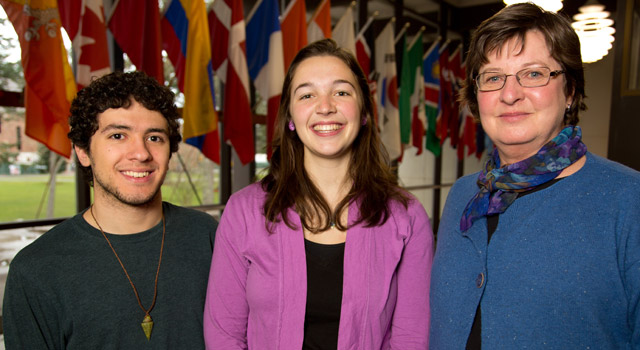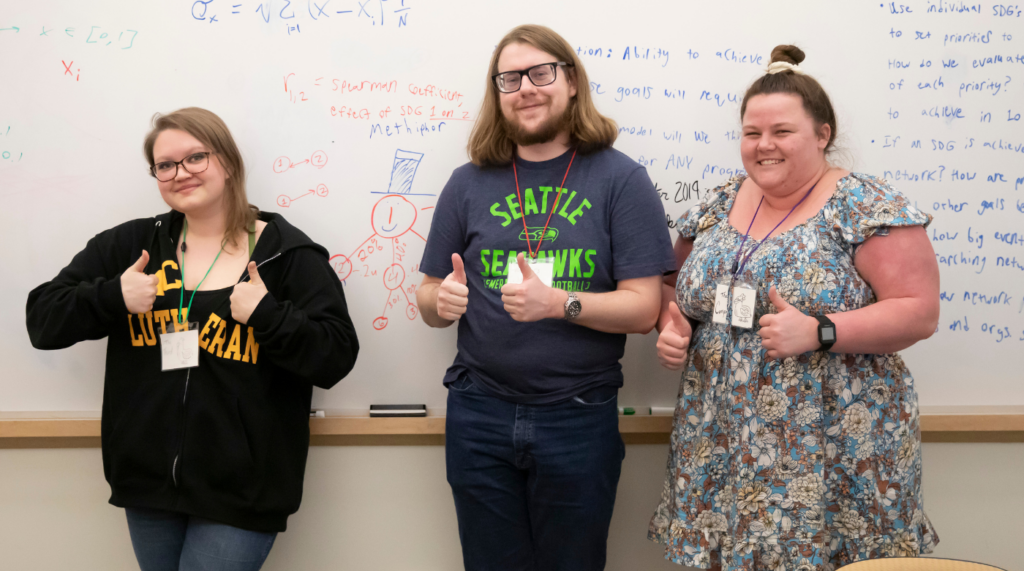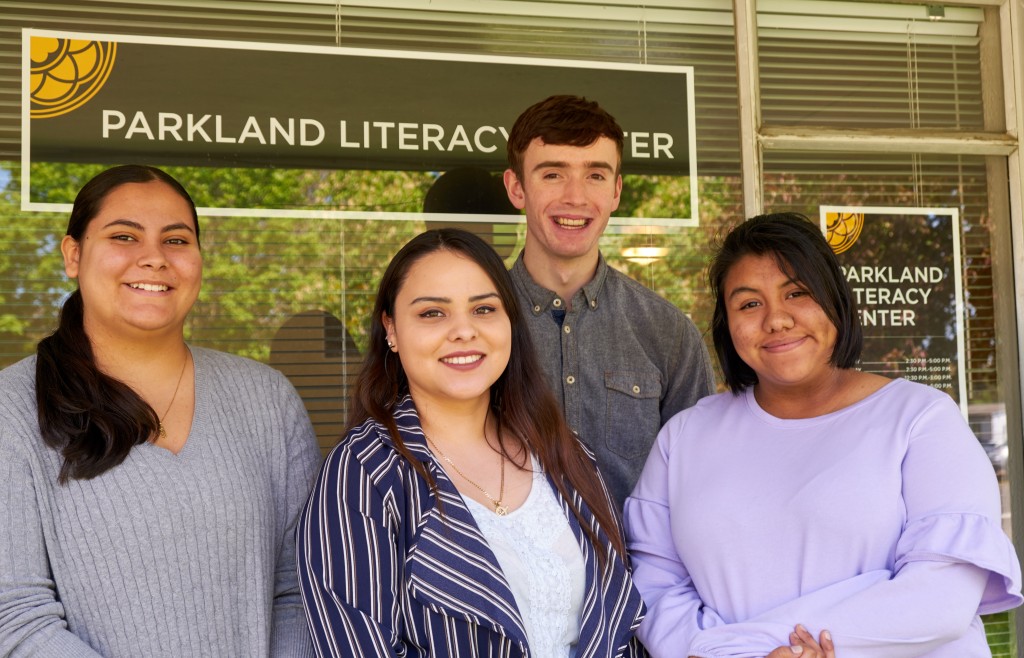Page 81 • (927 results in 0.034 seconds)
-

streamed at 1:30 p.m. in the Scandinavian Cultural Center. Faculty-led discussion will be led by professors Matt Smith (biology) and Gina Hames (history). March 10: Finally on Sunday, Nobel Laureate Tawakkol Karman, a Yemeni journalist will talk about safety and the rights of women and children in Yemen. She will be live streamed at 1:30 p.m. in room 133 of the Anderson University Center. She is the first Arab woman and second Muslim woman to win the Nobel Prize. Faculty-led discussion will be led by
-

Day Lecture is sponsored by the Office of the Provost, Anthropology Department, Associated Students of PLU, Biology Department, Center for Community Engagement & Service, Diversity Center, Economics Department, Environmental Studies Program, Global Studies Program, History Department, Philosophy Department, Residence Hall Association, Women’s Center and Women’s and Gender Studies Program.Earth Day Lecture 2015 What: Dr. Carolyn Finney presents the 2015 Earth Day Lecture, This Patch of Soil: Race
-
experience on and off the field that we’ve come to expect at PLU.” Snyder’s first day on the job will be June 15. Read Previous Q&A with Biology Major Brandon Nguyen ’21 Read Next Teaching in the Pandemic: How Three Teachers Made the Best of an Unprecedented Time COMMENTS*Note: All comments are moderated If the comments don't appear for you, you might have ad blocker enabled or are currently browsing in a "private" window. LATEST POSTS Three students share how scholarships support them in their pursuit
-

covers the modeling process and techniques, then asks students what they’re interested in. “It’s an ocean of knowledge,” she said. “You can pretty much model anything.” In her own research, Zhu uses math to understand underlying mechanisms in developmental biology, such as pattern formations in butterflies, the kind of unexpected application that opens students’ minds to possible connections—not only between math, physics and computer science, but also the life sciences and humanities, connections
-
two introductory physics series. Students interested in optometry should take the sequence that is required for their intended major. Students majoring in biology usually take the PHYS 125/126 series with accompanying labs, while those majoring in chemistry or physics must take the PHYS 153/154 series with accompanying labs.Mathematics Courses: One semester each of Calculus and Statistics. ExperienceNearly all students who apply to optometry school will have outstanding grades and OAT scores
-
two introductory physics series. Students interested in optometry should take the sequence that is required for their intended major. Students majoring in biology usually take the PHYS 125/126 series with accompanying labs, while those majoring in chemistry or physics must take the PHYS 153/154 series with accompanying labs.Mathematics Courses: One semester each of Calculus and Statistics. ExperienceNearly all students who apply to optometry school will have outstanding grades and OAT scores
-

Biology and Hispanic Studies Major, says, “It’s a great way to give back to the students that walk through our campus every day and may aspire to be in those places that we have the opportunity and privilege to be in. It’s really humbling to get to work with them.”Although the number of students and the type of homework they bring in can be unpredictable, the PLC assistant directors welcome the uncertainty with enthusiasm. Not always knowing what subject or topic they will be working on encourages the
-

Natural Sciences at PLU so that’s biology chemistry physics geosciences computer science math and three to engineering through a day in the life of a natural science student [video: Kyle sits down in a classroom. The bottom of the screen reads “9:00AM”] Kyle: so I normally start off my days with class PLU’s average class size is around 20 students and Natural Science is no exception even our introductory courses are no more than 40 students that means take enough class and rooms like this so I can
-
and reproductive systems. A variety of studies have been conducted which reveal differing concentrations of parabens are present in the human body. Using solid-phase extraction of human urine, isotope dilution-high-performance liquid chromatography and tandem mass spectrometry, a urine analysis study revealed that the majority of the individuals in the experiment cohort did test positive for parabens. In an experiment on rats, exposure to a dose of 1.00% propylparaben caused a 36.4% decrease in
-
Publishing and Printing Arts program is an especially valuable complement to majors concerned with language and the written word, majors such as English, other languages, education, public relations, journalism, marketing and graphic design. Students majoring in a wide spectrum of disciplines—from biology to music to religion—have also discovered the value of a PPA minor. It helps to connect them to publishing career opportunities in their field, and provides a richer understanding of the complex roles
Do you have any feedback for us? If so, feel free to use our Feedback Form.


